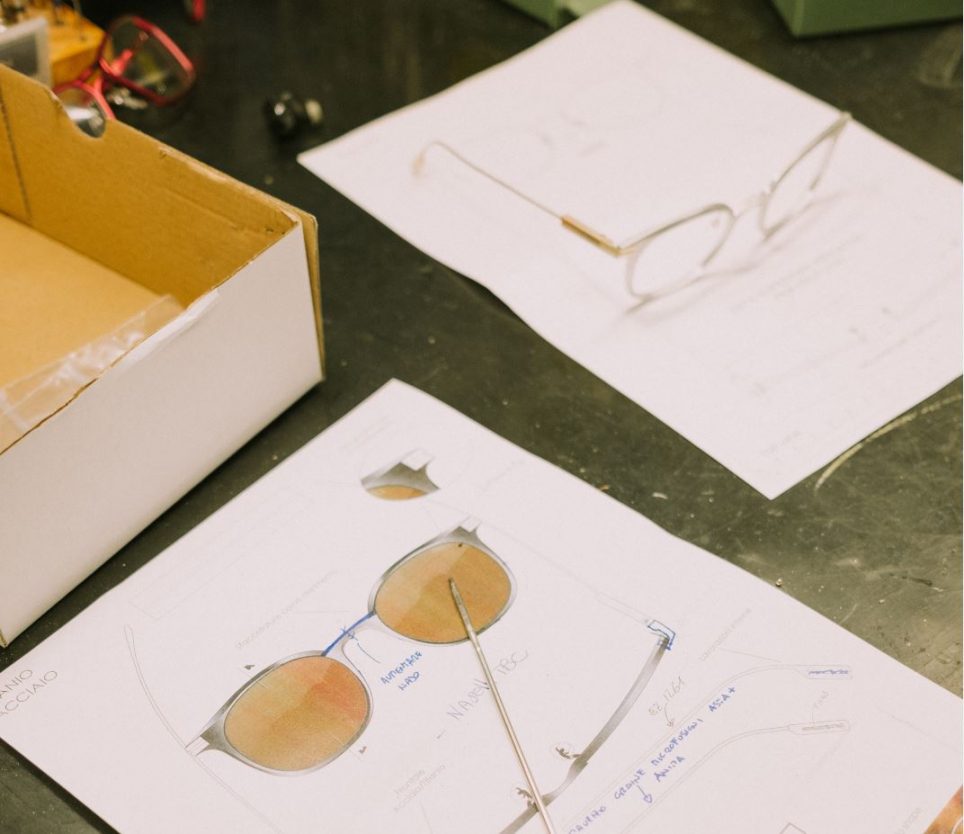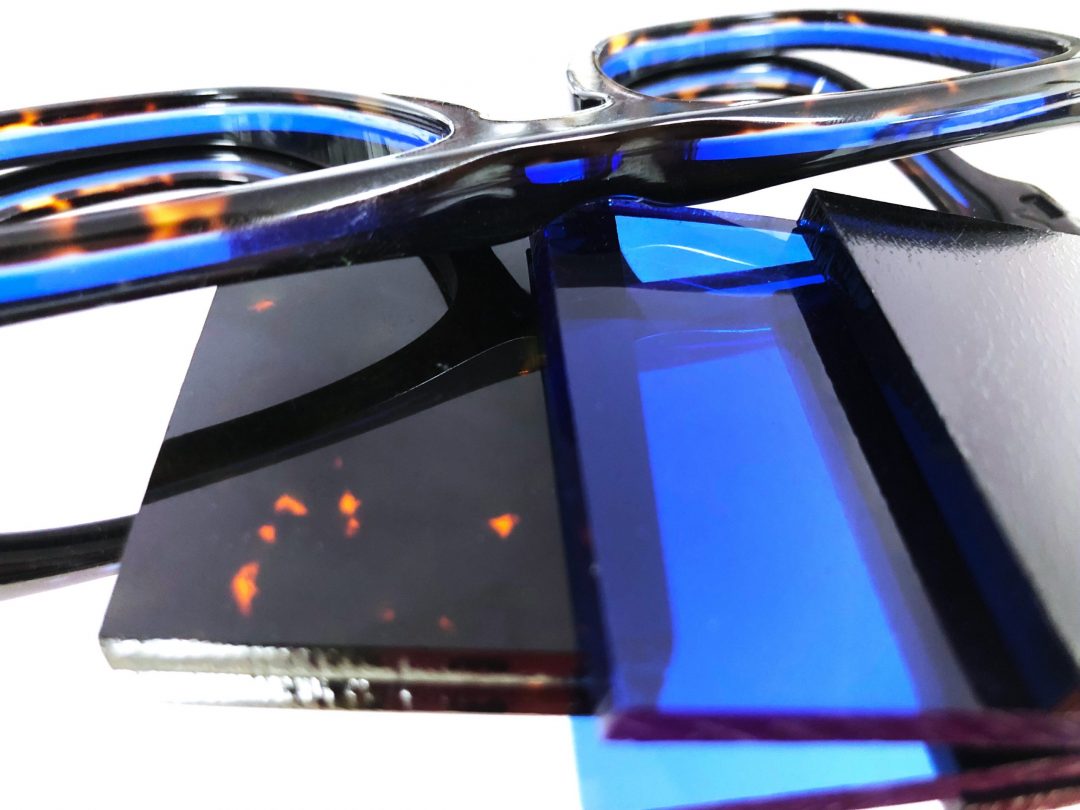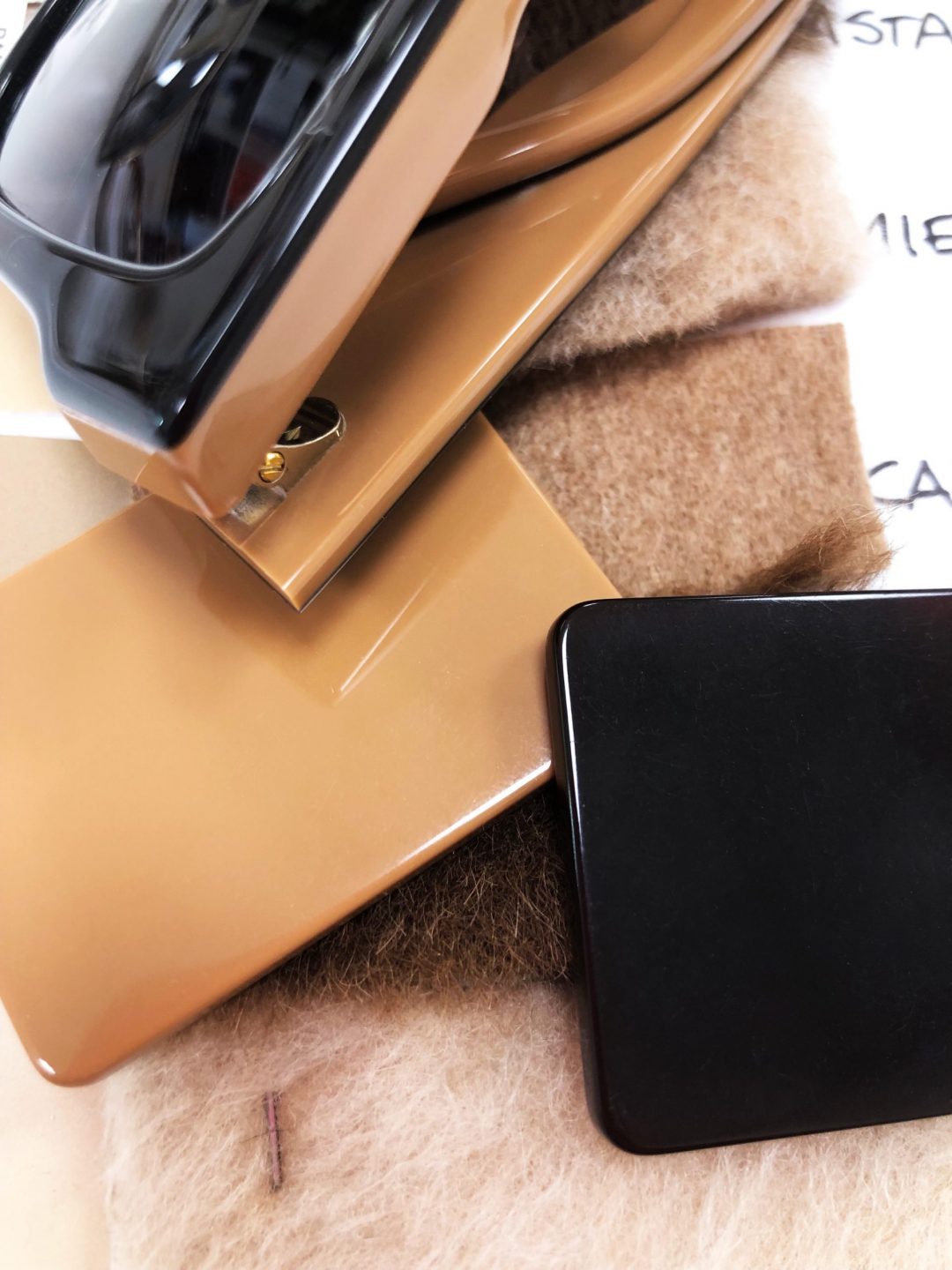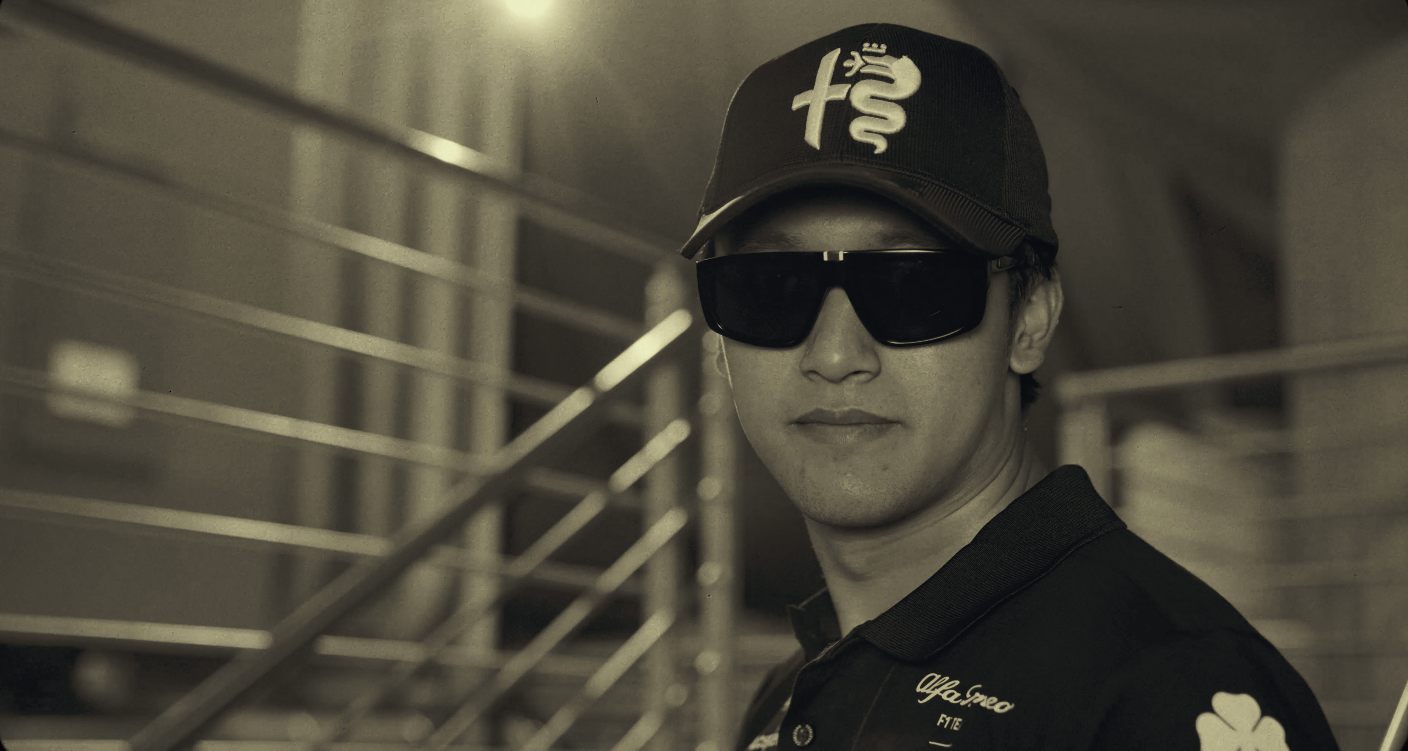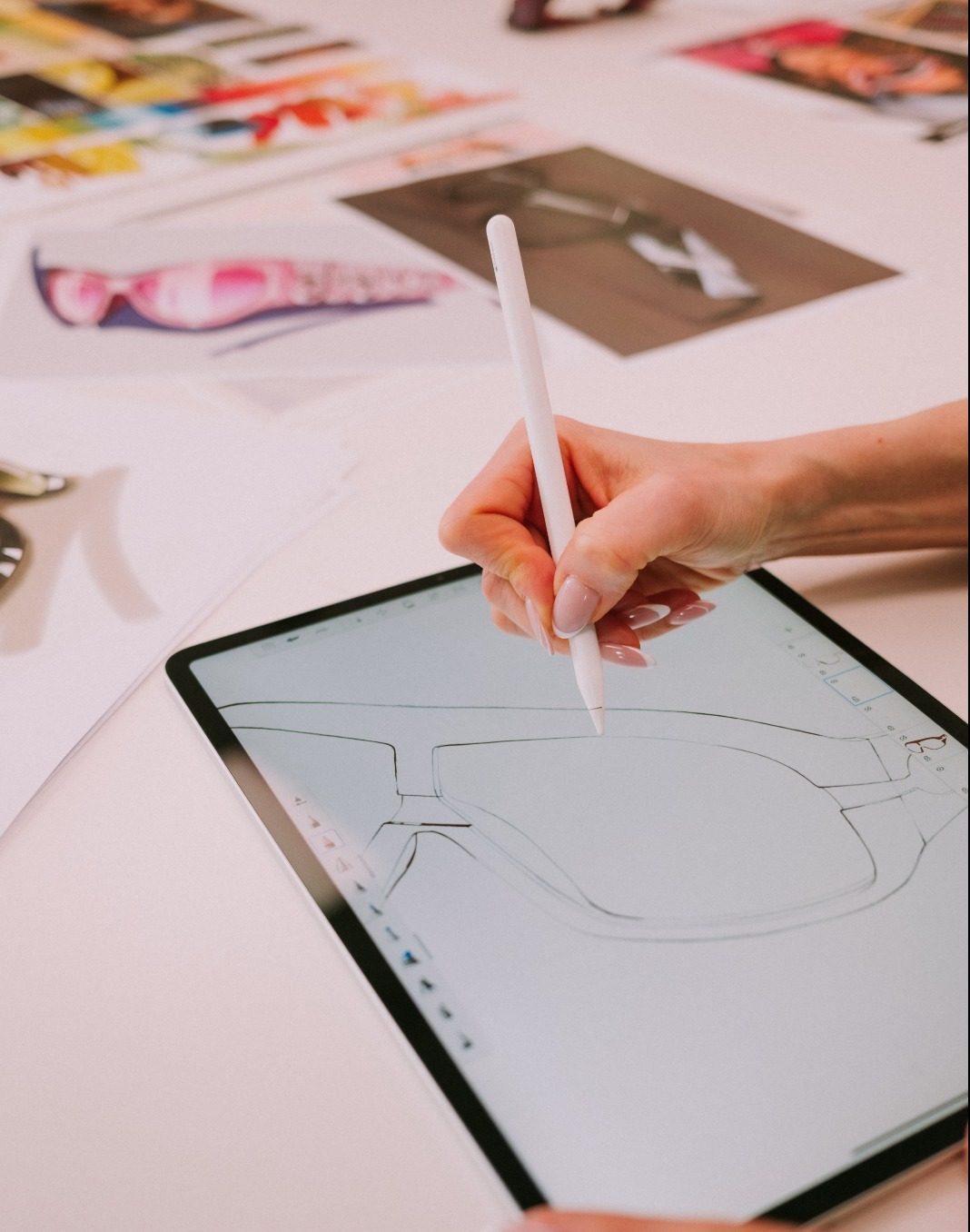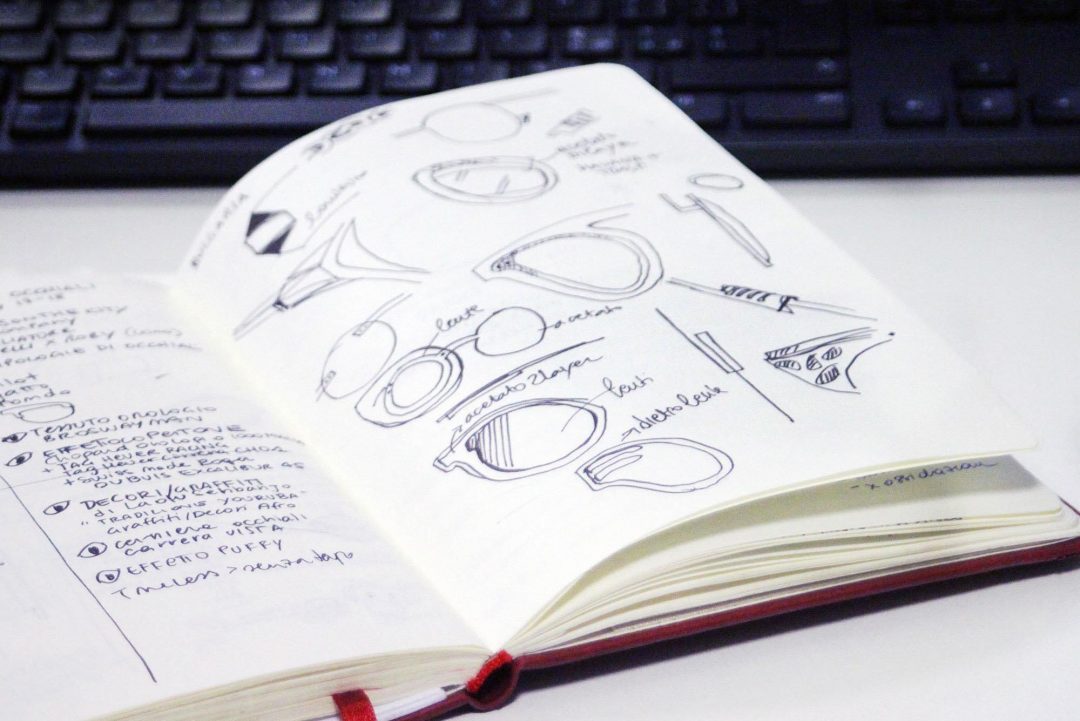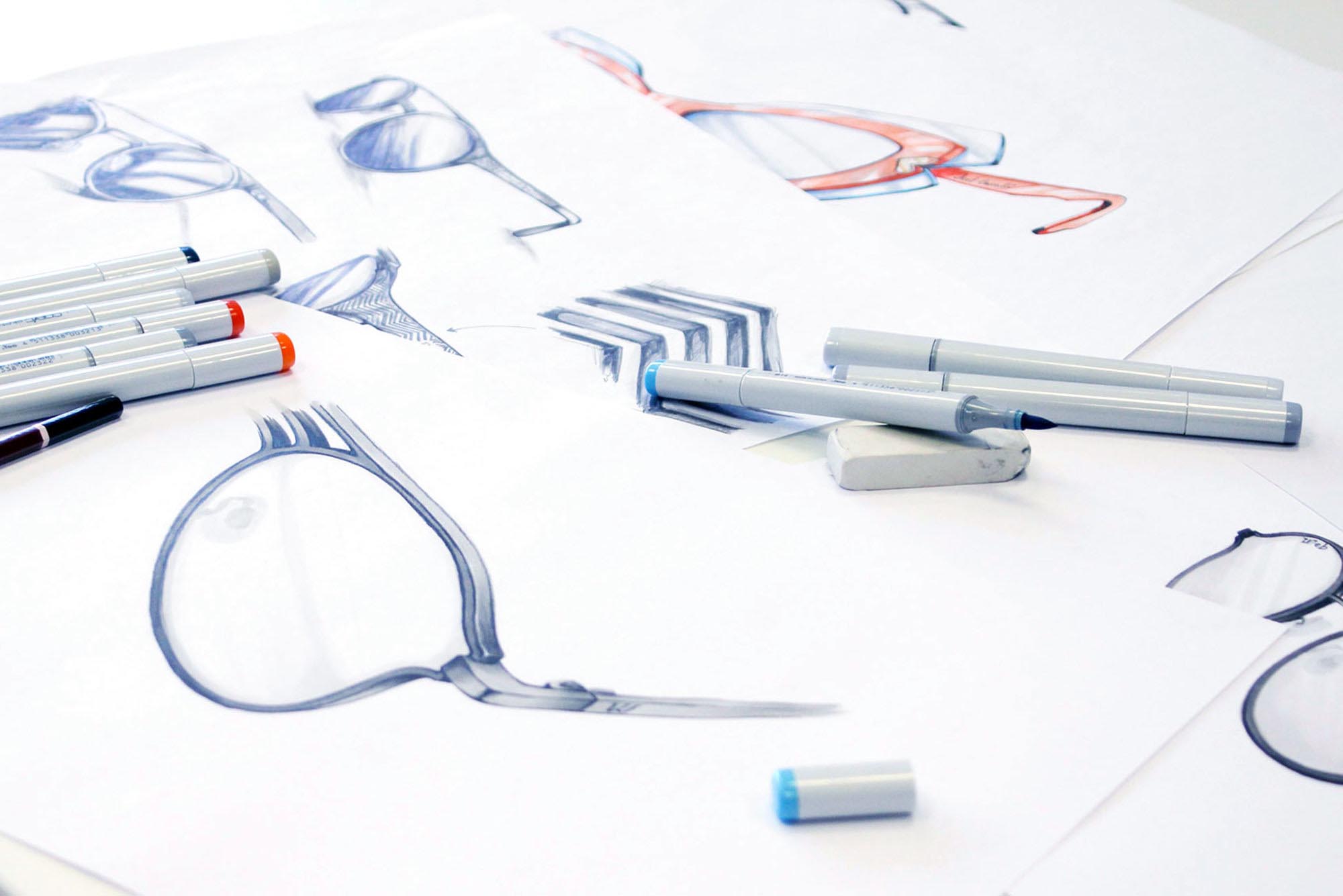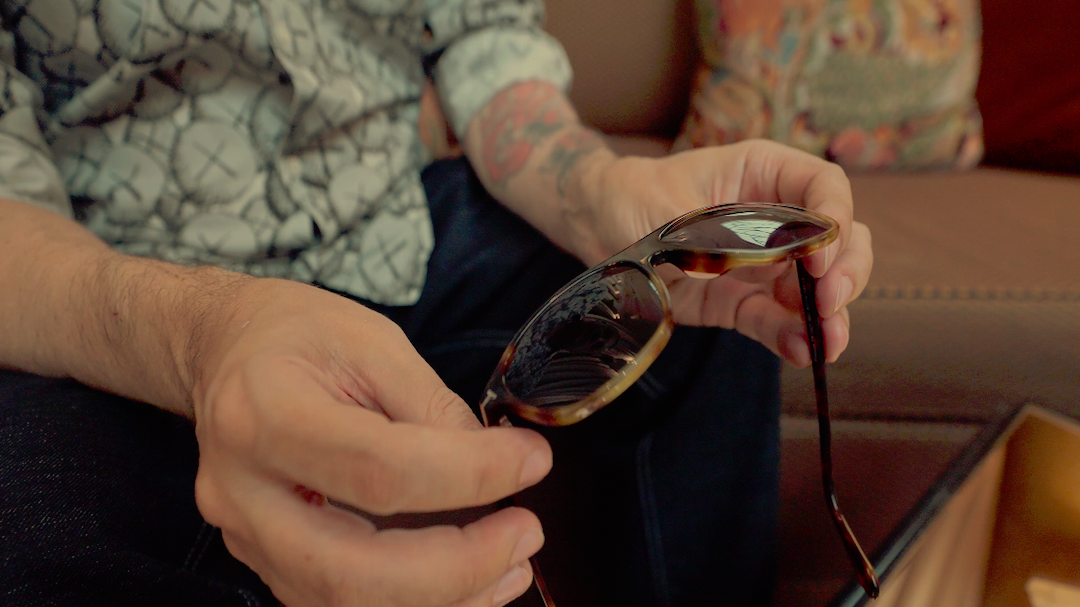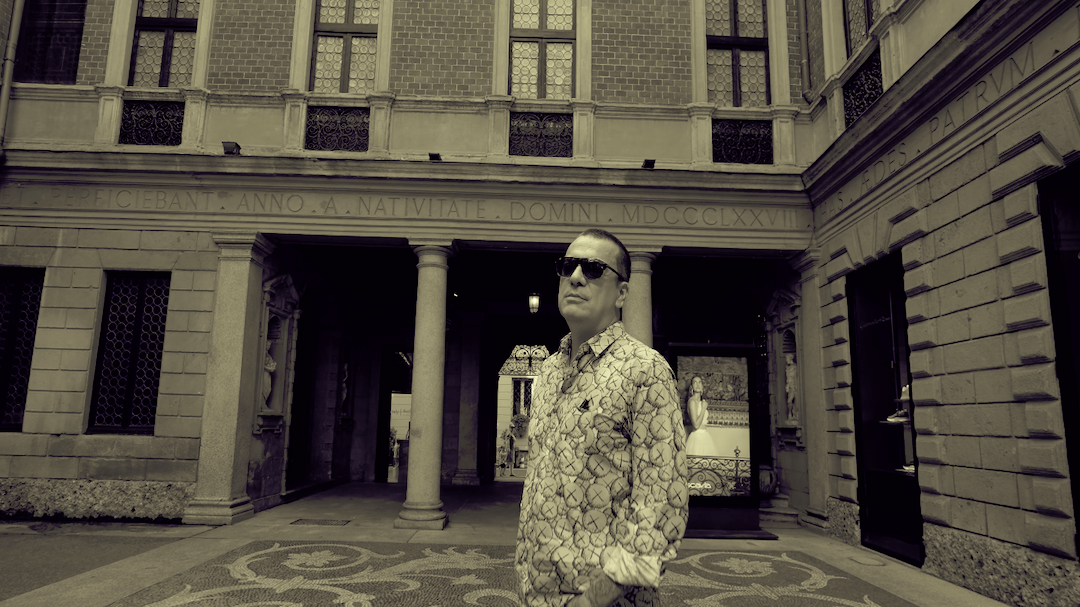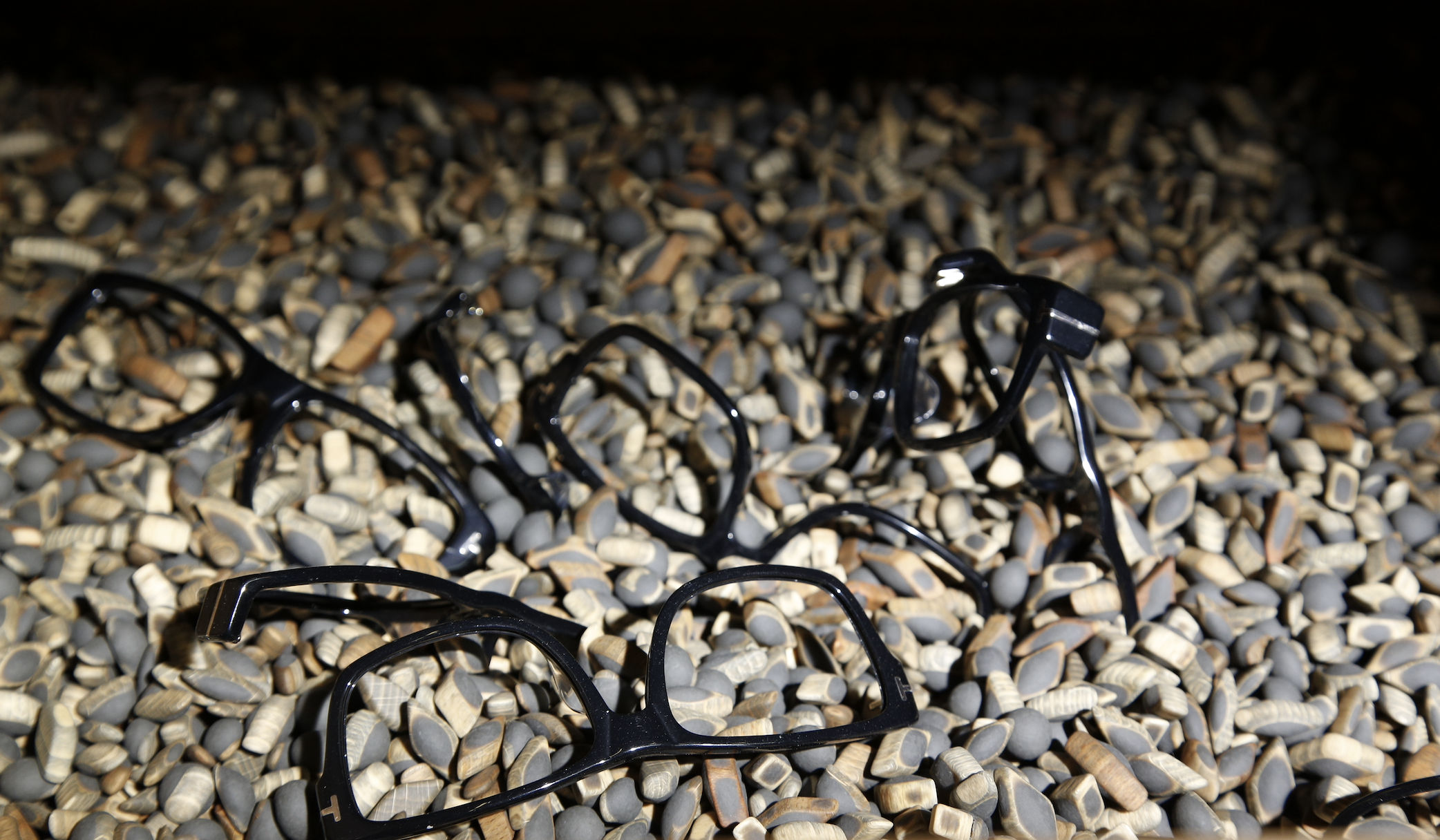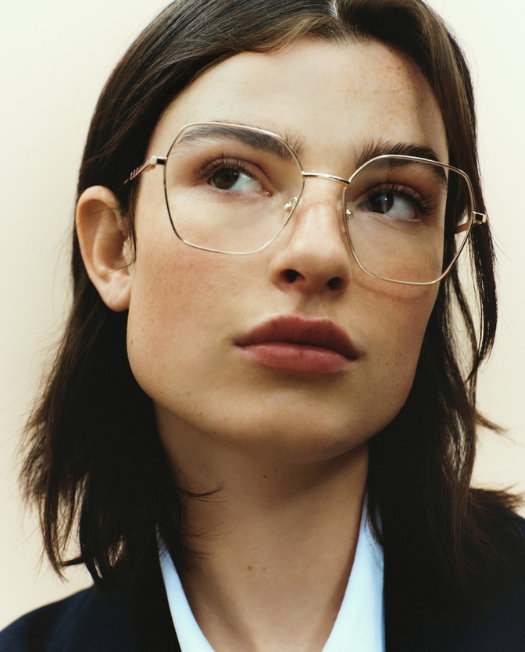The small pink ribbon
A small pink ribbon, the same one that – since 1992 – has raised awareness about breast cancer prevention and early diagnosis worldwide, personalizes the temple tips of this eyewear. And the signature color pink characterizes the frames and lenses of the two new styles from the latest Guess Eyewear capsule collection.
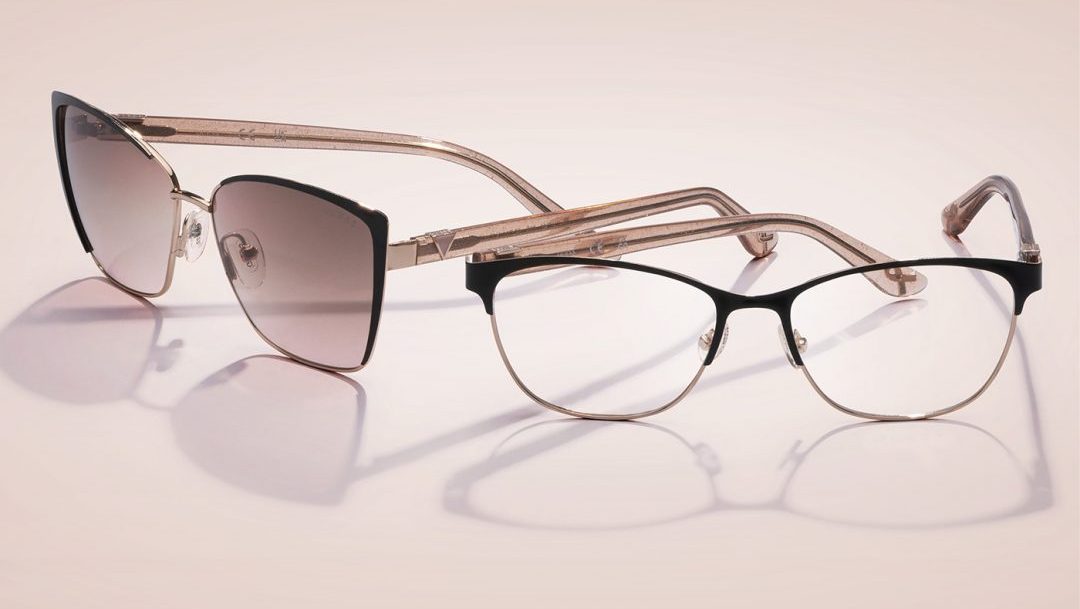
Sunglasses to support The Get In Touch Foundation
A very special pair of sunglasses and an optical frame that bring together Guess Eyewear and Marcolin in their commitment c, the American non-profit association that, since 2007, has worked across schools and clinics to raise awareness about breast cancer prevention among women and girls.
A small pink ribbon has raised awareness about breast cancer prevention and early diagnosis worldwide, personalizes the temple tips of this eyewear
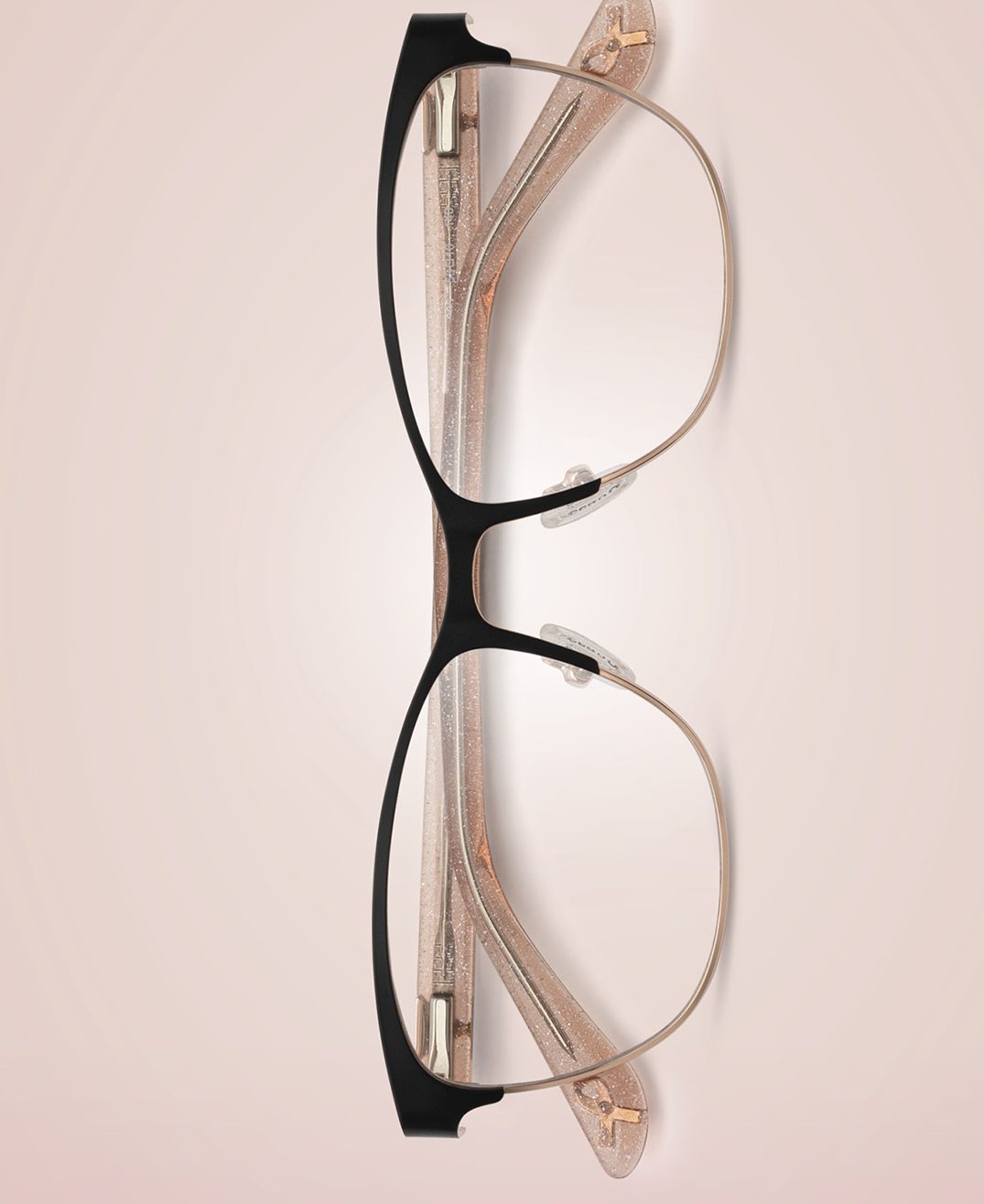
Dedicated to women
A commitment that started eight years ago and that every year turns into a new capsule collection specifically created and dedicated to women in the name of a key chapter in the story of women’s health. A topic that The Get In Touch foundation – founded by Mary Ann Wasil and run by her daughter Betsy after the passing of her mother – addresses by teaching women the importance and effectiveness of Daisy Wheel, a self-exam that can be performed since a very young age. A true lifesaver that enables women to know and check their body’s health.
two new elegant and lightweight frames that, in their dedicated case, will tinge October – Breast Cancer Awareness Month – with pink
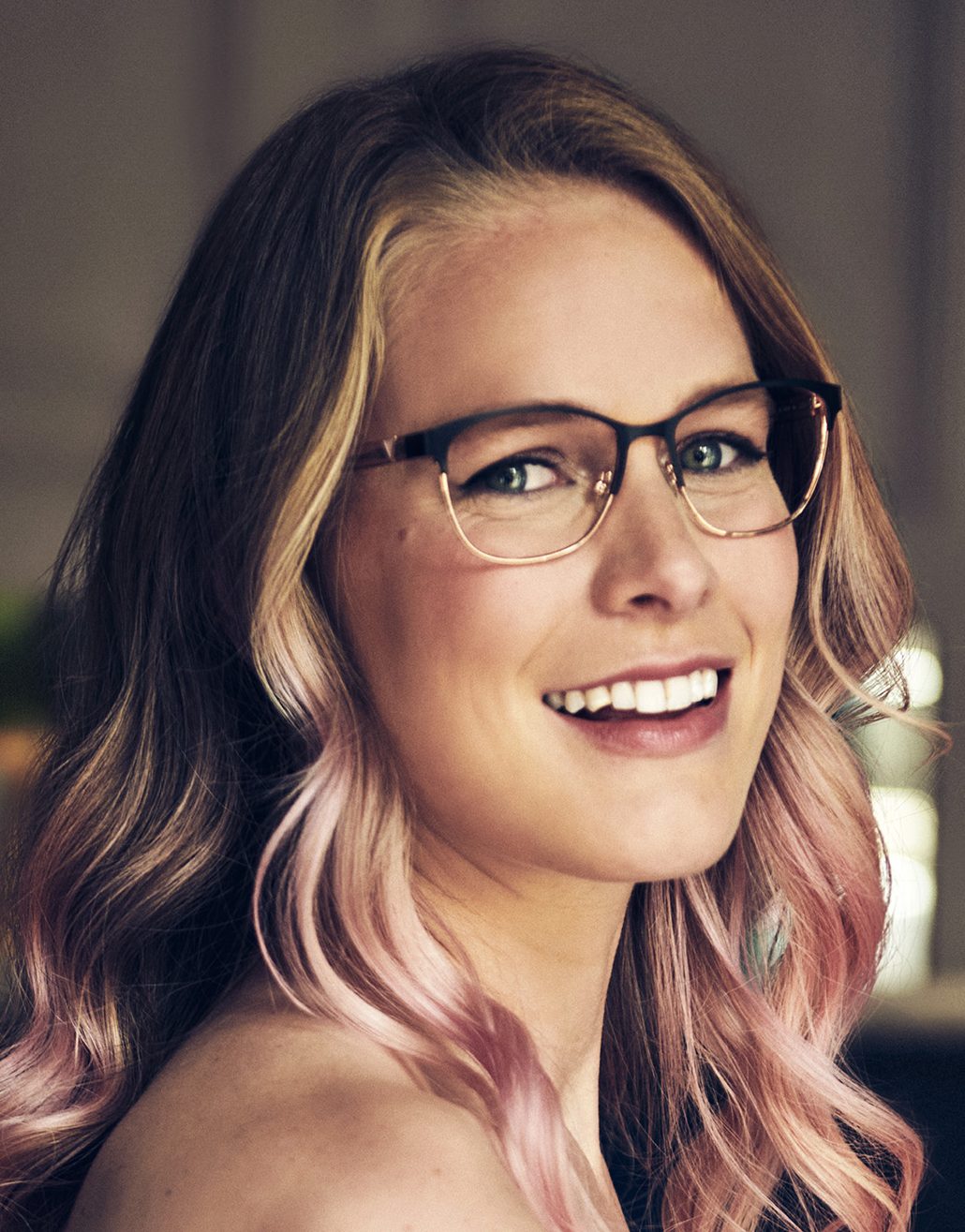
October: Breast Cancer Awareness Month
To carry out its mission, the association collaborates, on a daily basis, with oncologists and gynecologists, organizes focus groups for younger girls and brings breast self-exam education to schools. A great commitment that, of course, needs everybody’s support. And so here come these two new elegant and lightweight frames that, in their dedicated case, will tinge October – Breast Cancer Awareness Month – with pink
